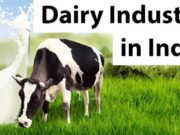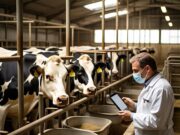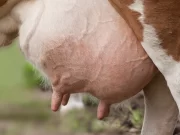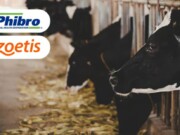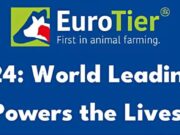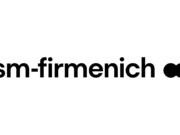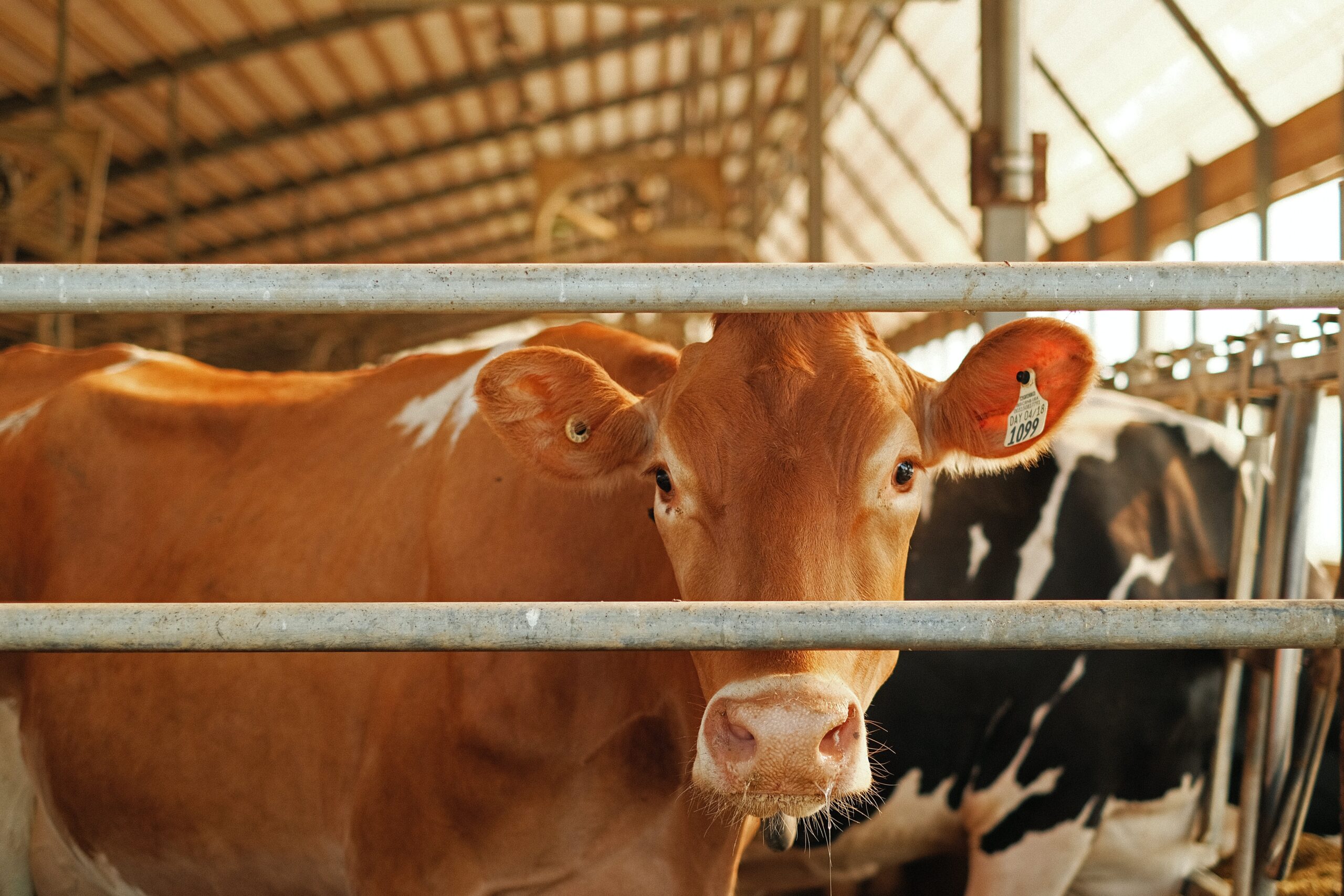
Abstract:
Nitrate poisoning/ toxicosis is a condition seen in animals which consume large amount of nitrate from feed or water. It is a common case especially in regions that use more of nitrogenous fertilizer as well as plants that contain large amount of nitrate. Cattle, being ruminant are particularly more susceptible because ruminal microflora reduces nitrate to ammonia, with nitrite being the intermediate toxic product. It results in hypoxia and many other complications which affects the performance of animals and economic condition of the farmers. Thus, the toxic effects and guidelines to prevent its occurrence will be mentioned.
Introduction:
Nitrates/ nitrites are made up of nitrogen and oxygen and is found naturally in the environment as a part of the nitrogen cycle. Nitrate is an important composition of amino acid which form proteins to carry out various metabolic activites of the body. For example, it helps in milk production and muscle build up, etc. But when they are consumed in large amount that is more than required by the body, it results in poisoning/toxicosis. Nitrate may not be toxic as such, but its metabolic product ‘nitrite’ is toxic. Accidental ingestion of larger amount by animals, especially ruminants such as cattle, could result in serious health implications that affect the performance and production of the animal. Therefore, a knowledge about nitrate toxicity in cattle is important so that it can be reduced and prevented.
Source of nitrate/nitrite poisoning:
The main source of toxicosis is from consumption of plants with high nitrate content by cattle. Under normal conditions, plants do not contain high level of nitrate. But after condition of draught, the nitrogen content increases because of its high uptake from the soil. What happens during draught is that the soil nitrate increases due to lack of leaching, decrease uptake by plants, and decomposition of organic matter. In particular, during the first rain following drought, plants regrow and nitrate levels are highest in this period. High level of moisture to enhance more absorption from soil, low temperature (~13oC) which suppress conversion of nitrate to amino acids and proteins, decrease in day light as well as rapidly growing plants in dry, high temperatures also contribute to the increasing level of nitrate in plants.
The use of nitrogenous fertilizers such as ammonium nitrate, potassium nitrate and urea also increase nitrogen uptake by plants and increase nitrate levels. Within the plant, nitrogen content is higher in the lower third part of the stalk. Usually, nitrates content are higher in young immature plants while mature plants under favourable environment and temperature may accumulate high amount. After harvesting, nitrate may be converted to nitrite under favourable conditions of heat, moisture and microbial activity. Microbes on the fodder (such as hay) convert nitrate to nitrite under condition of moisture. Water contaminated by fertilizers, animal wastes and decaying matters also acts as a source of nitrate.
The plants/ crops which act as a source of nitrate poisoning include barley, corn, flax, linseed, lucerne, maize, millet, oats, radish, rape, rye, soybeans, sorghum, subterranean clover, sudangrass, sugarbeets, sweetclover, turnips and wheat.
How does toxicity occur in cattle?
When cattle consume feeds and water contaminated with nitrate (as mentioned earlier), then the microbes in the rumen breakdown the nitrate to nitrite, and then to ammonia. High level of nitrate consumption at once leads to its toxicosis. Nitrite binds with haemoglobin and forms methaemoglobin, which is unable to carry oxygen, resulting in tissue hypoxia and anoxia. Plants containing >1% nitrate on a dry weight basis, i.e., 10,000 ppm is toxic for animals and cattle can tolerate upto 0.5%. The safe level of nitrate in forage and water is 0-6000ppm and >400ppm, respectively.In some instances, even concentration of 1,000 ppm on a dry weight basis has been lethal when hungry cattle ingest this much at once. Therefore, the total amount of nitrate ingested is the key factor.
How do you know if your cattle is suffering from nitrate/nitrite toxicity?
The most predominant sign of nitrate/nitrite toxicity is rapid respiration. Since nitrite is an irritant to the gastrointestinal lining, there will be excessive salivation, diarrhea and abdominal pain. The pulse will be rapid, i.e., 150+/min. while the heart rate drops. The animal will urinate more frequent than usual and there may be muscle tremors too.The mucous membrane will be bluish/brown in colourdue to less availability of circulating oxygen. All the signs are seen within 0.5-4 hours of ingestion of toxic amount of nitrate and indicate acute toxicity.
When your cattle has been eating nitrate containing forages for days or weeks,there will be decrease in feed consumption, loss of body weight, decrease in milk production, infertility, still birth or birth of weak and stunted calves.Abortion and stillbirths may be seen in some cattle 5– 14 days after excessive nitrate/nitrite exposure. The animal becomes susceptible to infections as the feed intake reduces and there is lowered immunity. All these are signs of chronic toxicity and death occurs if the animal’s feed is not checked.Rapid breathing is also seen upon chronic exposure.
How do you find out and take precautions?
Once you notice these changes in your animal, you may check all the feeds and water for any possible contamination with nitrate. Laboratory analysis should be done at the earliest for confirmation. Specific antidote for nitrite/ nitrate poisoning is methylene blue.However, the Food and Drug Administration (FDA) does not approve the use of Methylene blue in food producing animals.Alongwith the antidote, supportive therapy may be given, so, consult your veterinarian for the same.
Animals if dead, may be examined for lesions to prevent further toxicity of remaining animals. Dark brown discoloration of blood immediately after dead is a pathognomonic lesion. There will be petechial haemorrhages on the serosal surfaces. Congestion of internal organs due to vasodilatory effect.
The simple and best way to prevent nitrate/nitrite toxicity is by checking the forages. Use optimum nitrogenous fertilizer. Nitrate containing plants should be mixed with other type of forages to dilute the amount. The time of harvesting plants should also be checked, do not harvest during rain following draught and wait for at least a week after rain. Avoid the lower third portion of stalk/ plants while harvesting. Also, cut the plants in the evening or late afternoon on a sunny day. Hay that has been wet or stored in a damp place for several days should not be fed to animals. Avoid piling of forages right after cutting as heat increases microbial activity to convert nitrate to nitrite. Cattle are more prone to poisoning when they are hungry and feed greedily. So do not let them graze in high nitrate pastures when they are hungry. It is better to feed them low nitrate forages before turning them into pastures. Gradual feeding of suspected high nitrate feed and fodders should be done to acclimatize the animals. Feeding of silages reduce toxicity as the ensiling reduces nitrate level by 50%. Include supplements such as Vitamin A, D, E and iodized salt in the feed as these will allow conversion of nitrate to amino acid/ protein. The source of water should also be checked. For example, water transported in a cleaned liquid fertilizer tanks or water collected from areas where high nitrogen fertilizers are used have high nitrogen content.
Conclusion:
Nitrate as such is not so toxic, but nitrite is ~10 times more toxic than nitrate. Its toxicosis is more in cattle because of microbial conversion in the rumen. A knowledge about toxicosis is important as it reduces the milk yield and can lead to death if not treated promptly. Therefore, the forage and water consumption should be taken care of. Good management practices is the key factor to reduce nitrate/ nitrite poisoning.

Zarzoliani1*, Harpreet Kour2, Shumaila Taskeen3, Sanmeet Kour4, Sheza Farooq5
1Ph.D Scholar, Department of Veterinary Pharmacology and Toxicology, College of Veterinary Science
2Ph.D Scholar, Department of Veterinary Pharmacology and Toxicology, College of Veterinary Science
3Ph.D Scholar, Department of Veterinary Public Health and Epidemiology, College of Veterinary Science
4Ph.D Scholar, Department of Veterinary Microbiology, College of Veterinary Science
5Ph.D Scholar, Department of Animal Biotechnology, College of Animal Biotechnology
Guru AngadDev Veterinary & Animal Sciences University, Ludhiana, Punjab, India –141004
